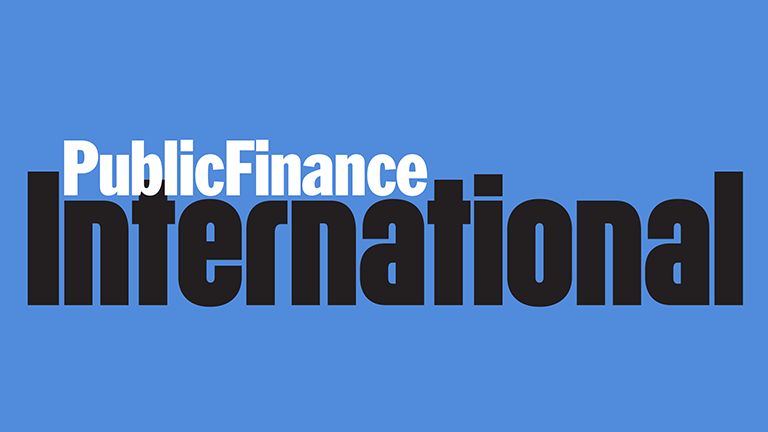web_financialcentreswitzerland_shutterstock_496257430.jpg

Switzerland's financial centre. The country was one of 12 hosting major financial centres that Transparency International said were not open enough about their efforts to police their financial sectors.
In a report into the amount of information published on authorities’ anti-money laundering efforts in 12 countries hosting major financial centres, the NGO said that data was only partially available, basic or out of date.
“We need to see that the people meant to stop corruption in the banking industry are doing their job,” said José Ugaz, chair of Transparency International.
“There is no good reason to keep this data secret. Are they protecting us from the next big financial crisis? We, the citizens, have a right to know if the financial sector is being permissive or complicit with illicit activity.”
In 2013, poorer countries alone lost $1.1tn in funds illegally moved between countries. While the impact of such a loss is much more acute in the developing world, advanced economies also fall victim to illicit financial flows, and effective money laundering regulations are needed in all nations to end them.
Transparency International said anti-money laundering systems would serve as a better deterrent if they were transparent and both the authorities and the banks could be held to account.
Without assurances that these authorities are fulfilling their role effectively, public trust in financial institutions would not be restored, Transparency International added.
One of the key reasons that confidence was lost in the first place was the global financial crisis of 2007-08. Weak oversight by bodies such as the US’ Securities and Exchange Commission played a significant role in failing to prevent the crash.
Currently, Transparency International said many authorities fail to publish some of even the most basic information, such as the number of times banks were sanctioned for money laundering failures in a given country.
This data is only made public in the US, Australia, Italy and Cyprus. The other eight countries researched – the UK, Luxembourg, Germany, Switzerland, Portugal, the Netherlands, France and Denmark – do not publish this data.
Across all 12 countries, only 36% of anti-money laundering indicators are fully disclosed and up to date. Much of what is published comes from international anti-money laundering bodies rather than national authorities themselves.
If these international organisations did not publish information, the number of available indicators would fall to one in five. Transparency International added that this approach makes it difficult to get a full picture of anti-money laundering efforts in a given country and is a barrier to effective, independent monitoring.
In the 12 nations, there is only sparse information available on indicators such as the value of a transfer alerted as a suspicious transaction, the number of regulatory breaches a bank has committed, the value of financial penalties or the sanctions imposed.
The NGO called for countries to publish anti-money laundering oversight and enforcement statistics on a yearly basis, in a single report or data file, and said this should become a standard recommendation from relevant international bodies.













